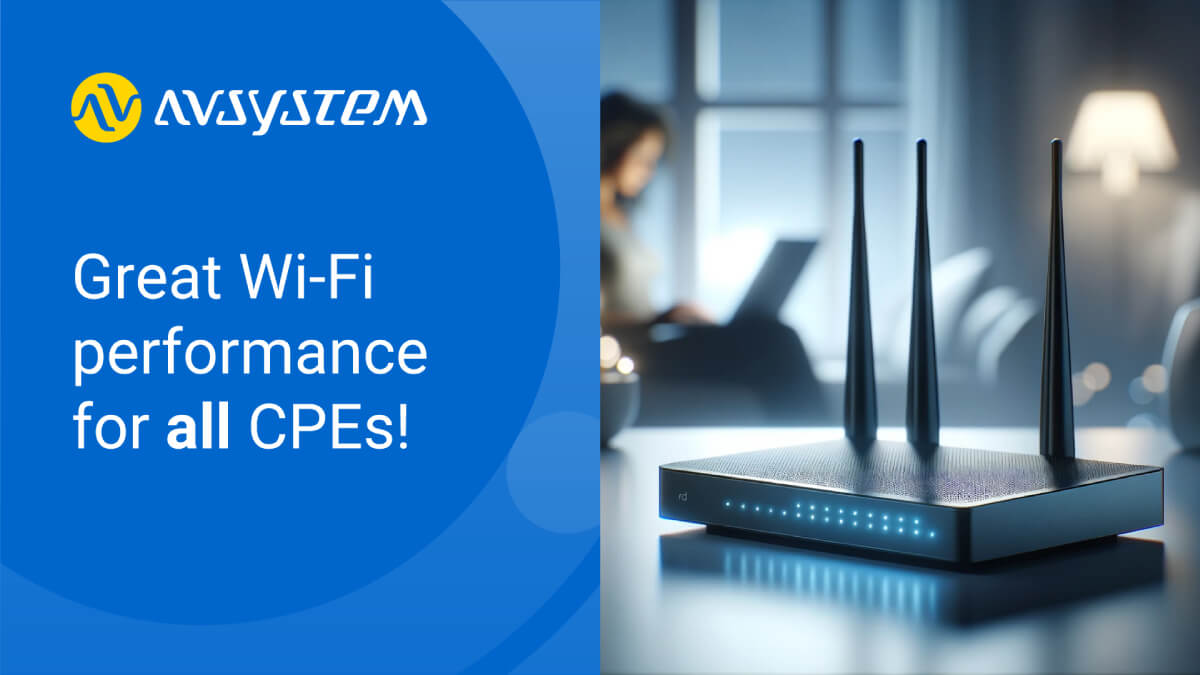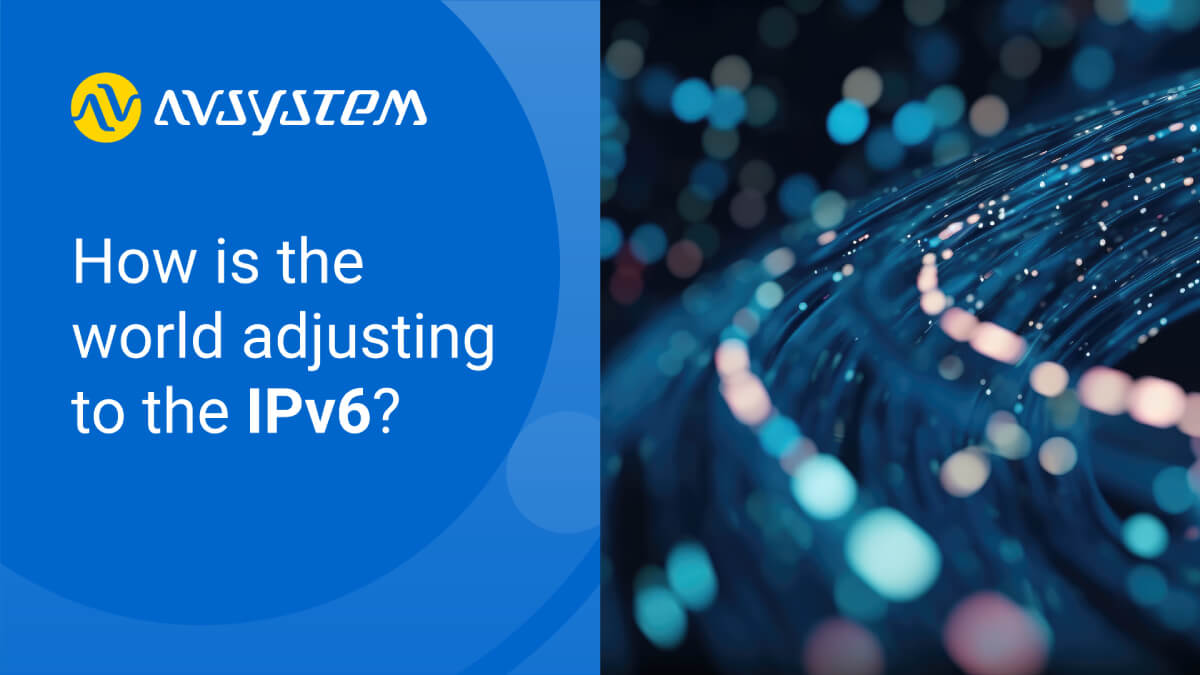Understanding CPE Requirements for Optimizing Smart Wi-Fi Performance

The demand for seamless and efficient WiFi connectivity is on the rise, and smart WiFi systems have become increasingly important. Smart WiFi technology offers enhanced network performance, including intelligent management and diagnostics of WiFi ecosystems. The key to this process lies in the Customer Premises Equipment (CPE) requirements, which are critical for enabling smart WiFi solutions to diagnose, analyze, and optimize wireless networks effectively. This article explains the essential CPE requirements for smart WiFi and how they contribute to smarter, more reliable WiFi networks.
WiFi Neighborhood Diagnostic
A fundamental aspect of smart WiFi operation is the WiFi Neighborhood Diagnostic. This diagnostic process involves a detailed scan of the WiFi environment, identifying neighboring access points (APs), their channels, signal strengths, and various other metrics. The significance of this data lies in its utility for:
- Analyzing WiFi interference - understanding the RF (Radio Frequency) environment helps to identify sources of interference, which can significantly impact WiFi performance.
- Optimizing channel selection - by assessing the channels used by neighboring APs, smart WiFi systems can choose the most optimal channels, reducing overlap and improving network reliability.
- Evaluating RF space - a comprehensive view of the WiFi neighborhood assists in making informed decisions regarding network setup and enhancements.
Ready to introduce smart WiFi to your offer and improve customer experience? Contact us!
WiFi Statistics and Configuration
Access to comprehensive WiFi statistics and configuration parameters is vital for any smart WiFi system. This contains data on channel assignments, signal strengths, transmission rates, and more, enabling the system to:
- Monitor network performance - real-time and historical data on WiFi performance indicators are essential for ongoing network management.
- Identify optimization opportunities - analyzing WiFi configurations and statistics helps pinpoint areas for improvement, whether it's adjusting channel usage or enhancing signal coverage.
AP (repeater) Information
For smart WiFi systems to function effectively, they require detailed information about the network device or host. This includes the host's name, link type, CPE-AP parameters, network topology, assigned IP address, and other pertinent network data. Accurate host information is crucial for:
- Device correlation - associating collected data with specific devices or network segments allows for targeted diagnostics and optimization.
- Network mapping - understanding the layout of network devices enables more efficient management and troubleshooting of the WiFi network.
Want to see smart WiFi in action? Contact us to get a demo!
Associated Devices (STAs)
A holistic view of the devices (stations) connected to the WiFi network is crucial for smart WiFi solutions. Information on connected devices, including MAC addresses, signal strengths, and traffic patterns, facilitates:
- Client behavior analysis - insights into how devices interact with the WiFi network can reveal usage patterns, device-specific issues, and potential security concerns.
- Bandwidth management - identifying high-usage devices or bandwidth bottlenecks allows for effective allocation of network resources, ensuring a balanced and efficient WiFi experience for all users.
The evolution of smart WiFi is geared towards creating networks that are not only faster and more reliable but also smarter in managing the ever-growing demands of modern connectivity. The detailed CPE requirements outlined above are the foundation for achieving optimal network performance and user satisfaction in smart WiFi systems.
As technology progresses, the capabilities of smart WiFi will continue to expand, incorporating AI and machine learning to refine WiFi management even further, possibly until it becomes self-sufficient. For service providers, understanding and implementing these CPE requirements is a must to unlock the full potential of WiFi connectivity.
Author: Łukasz Pożarlik
Leads development of UMP since 2015, Previously Project Manager and Quality Assurance. Graduate in Automation and Robotics, a physicist in the heart. Knows a lot of things, some useful, some not so much - willing to share all of it either way. Fan of new technologies, a space enthusiast, optimistic nihilist. Game master in tabletop RPGs and astrophotographer.
Recommended posts
- Why choose open standards for WiFi service assurance?
- Solving Key Challenges of Fritz!Box Users With Cloud ACS
- IPv6 adoption and allocation policy, part 2
Subscribe to stay in the loop with all our latest content:
Recommended posts



